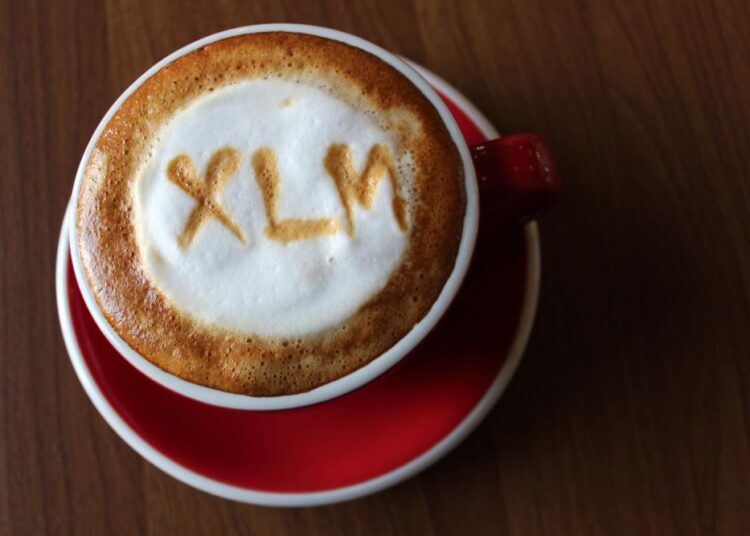- Stellar (XLM) posts 25 percent weekly gains.
- Stellar and XRP have some similar features that could have propelled XLM higher.
The recent bullish price run by XRP is positively affecting the price of its rival Stellar (XLM). XLM has posted over 17 percent weekly gains and is up 4.91 percent over the past 24 hours. It trades at $0.119, according to the current data. XLM’s market cap of $3 billion makes it the 25th largest crypto globally. As previously reported, XRP’s price soared by over 35 percent in the last week compared to leading digital assets like Bitcoin and Ethereum, which posted huge weekly losses.
Recent data shows that XRP trades at $0.439. It has gained about 10 percent over the past 24 hours and posted weekly gains of 35.18 percent. Data from Santiment (an on-chain analytics firm) stated that whale movement and an increased trader optimism might be responsible for the recent rise in XRP price. Recent positive developments in Ripple’s ongoing lawsuit with the SEC have caused increased optimism among traders.
The SEC took Ripple to court in December 2020, alleging that the blockchain firm and its executives were selling their XRP tokens as unregistered securities. Industry analysts believe the case could affect several other cryptocurrencies, such as XLM. They also think the issue would determine whether the SEC can perform full oversight functions over crypto assets.
Last month, famous asset management firm, Grayscale hinted in its SEC filing that XLM, ZEN, and ZEC might be securities based on current facts. Grayscale’s position is a massive shift from their previous stance in May and June when they affirmed that none of the above tokens were securities.
Similar features between Stellar and Ripple
It is worth noting that Jed McCaleb co-founded Ripple and also created Stellar in 2014. That might explain why Stellar and Ripple have some similar features. Like Ripple, Stellar aims to help people send money worldwide easily. Also, both networks utilize a consensus process to validate transactions.
They don’t use mining and do not require any energy-intensive hardware. XRP and XLM have a supply cap; about 50 percent of their tokens’ supply is in circulation as of last October. XRP has a supply cap of 100 billion coins, while XLM has 50 billion. Thus, Ripple and Stellar can handle many transactions cheaply and faster than most networks.
The design of both networks makes it quicker, easier, and better for people to transfer funds than traditional bank transfers. Stellar and Ripple charge almost zero transaction fees, which is one of their primary objectives, in addition to more secure funds transfers.
One notable fact about Stellar is that it is an open network that allows anyone to build financial products on it. The Blue Marble (an environmentally sound NFT marketplace) is an example of a recent project built on the Stellar network.
The NFT marketplace leverages the Stellar blockchain to issue carbon removal credits and has a European Biochar certification (EBC). The EBC is a voluntary industry across Europe.
Credit: Source link














































